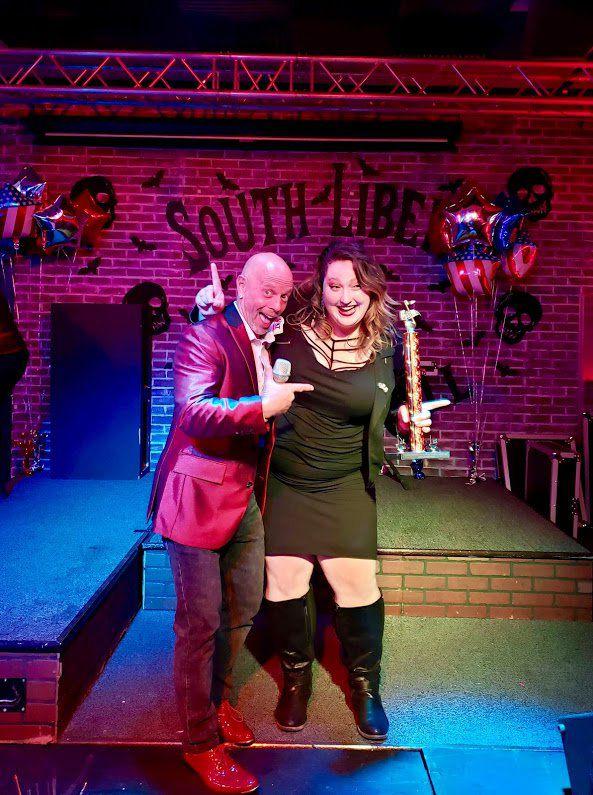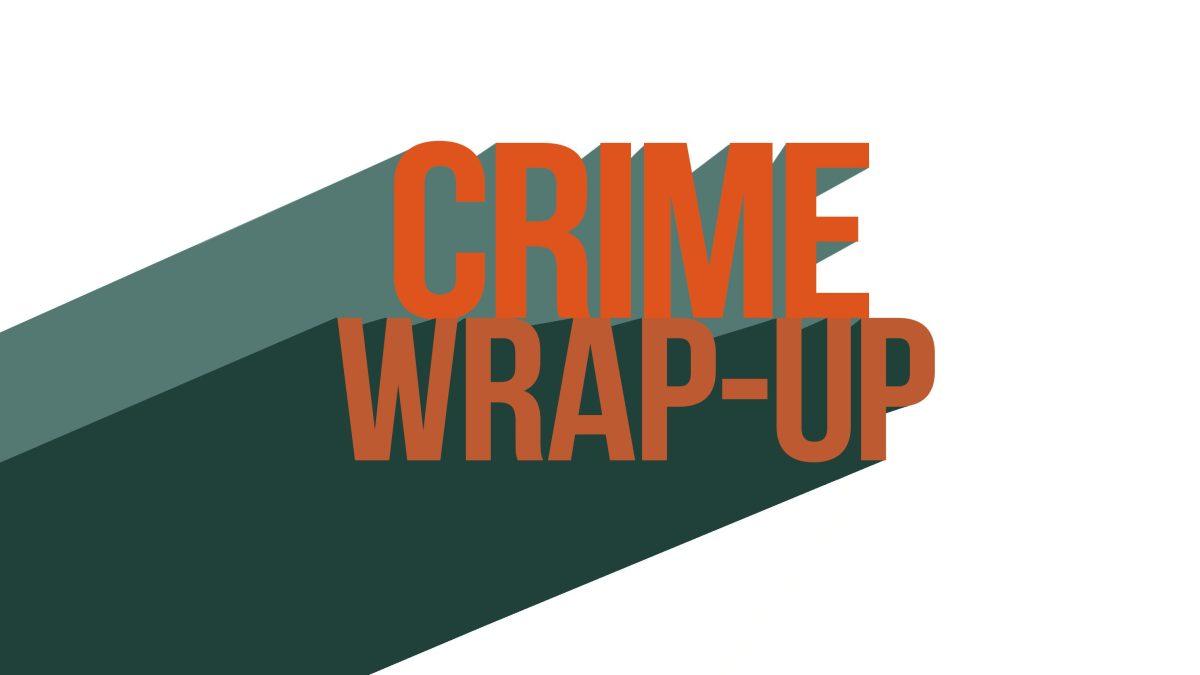While law schools nationwide are in the midst of an applicant rate downturn, the number of University School of Law applicants is steadily increasing.
Kaplan Test Prep and Admissions’ annual survey of law schools showed, as expected, the number of overall applicants decreased last year by 7.4 percent. It was the second consecutive year of a decrease
By The NumbersWhile 50 percent of law schools across the country recently reported a two-year consecutive decline in applicants, the University has seen three straight academic years of rising numbers. The following numbers represent the total applicants for each academic year. ? 2004-05: 1,867 ? 2005-06: 1,943 ? 2006-07: 2,015 ? 2007-08: 2,054 |
in applicant numbers.
Approximately 50 percent of American Bar Association-approved universities reported a consecutive two-year decline. Paradoxically, 79 percent of surveyed admissions officers said their admissions processes have become no less competitive.
“Across the board that is a good-sized reduction,” said Steve Marietti, director of Pre-Law Programs at Kaplan. “Certainly it is not a sharp drop-off, but it’s meaningful for students.”
The meaning, though, is a bit complicated. If fewer applicants are applying to law schools, logically there is less competition. But at the same time, Marietti said, every year the incoming class is more intelligent and more prepared.
“The overall pool of applicants every year gets a little bit better,” said Marietti. “The really ambitious students get that much more committed to getting in.”
Because of the selectivity of law schools, students with serious interest must work harder than ever.
The number of applicants to the University has increased from 1,867 during the 2004-2005 academic year to 2,054 this year.
“We typically offer admission to about a third of the pool,” said Tee Muntz, law school admissions assistant.
Assistant Dean of Admissions Lawrence Seno was not available to comment on what might account for the University’s increase in applicants, but Muntz mentioned the University’s ranking as No. 44 on PreLaw Magazine’s recently issued list of best-value law schools.
Lewis & Clark Law School, ranked No. 58, experienced a major upsurge in applicants from 2006 to 2007; the number rose by approximately 250. However, this increase followed two consecutive years of decline.
Lewis & Clark’s situation is precisely what Kaplan researchers have come to expect: After a steady applicant decline such as the current one, the survey found applications will rapidly increase. Two or three years later, the number will go down again, and so the cycle continues.
“This reduction is actually a temporary phenomenon,” said Marietti. “We kind of see the cyclical nature of this. Increases come, increases go, decreases come, decreases go.”
The last sharp national increase occurred early in this decade, and now law schools are seeing the decline. Marietti said the number of applicants is usually rising or declining, but rarely is it stable.
This constant fluctuation keeps occurring because students are less inclined to apply to law schools when they have more students to compete with. When data revealing the widespread applicant downturn becomes public, many students become gung-ho to apply. And while Kaplan encourages students to apply during this time, it would be unwise for students to assume they will be accepted automatically or more easily.
“That window could disappear in a couple of years … and at that point it just becomes that much more difficult to get into the program you want to get into,” Marietti said.
Still, the overall number of students applying to law schools nationally is increasing, and only 63 percent of national applicants are accepted.
“With anything, predicting the future is a very hard game,” Marietti said. But the applicant trend is a pretty safe bet.
[email protected]






